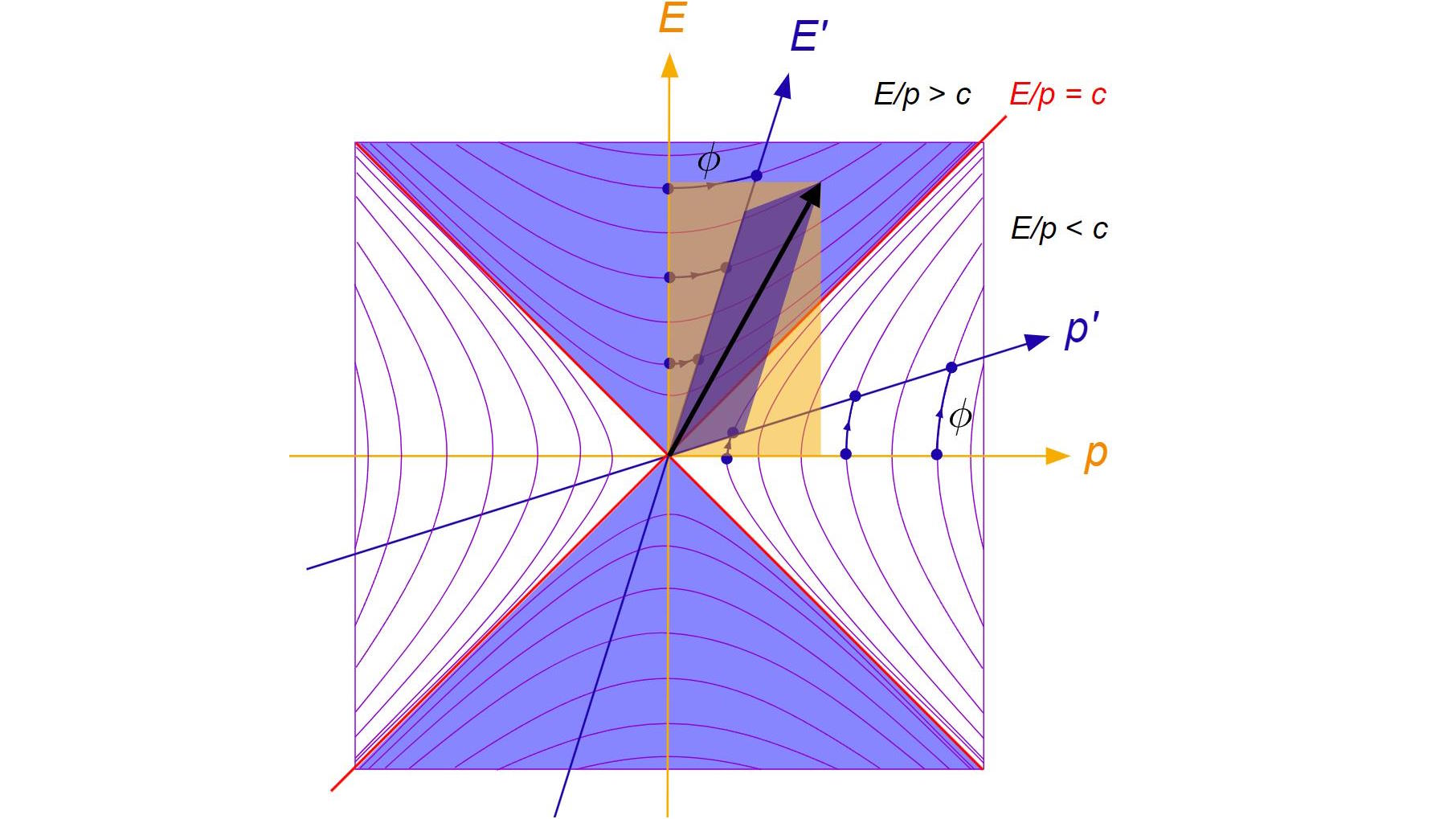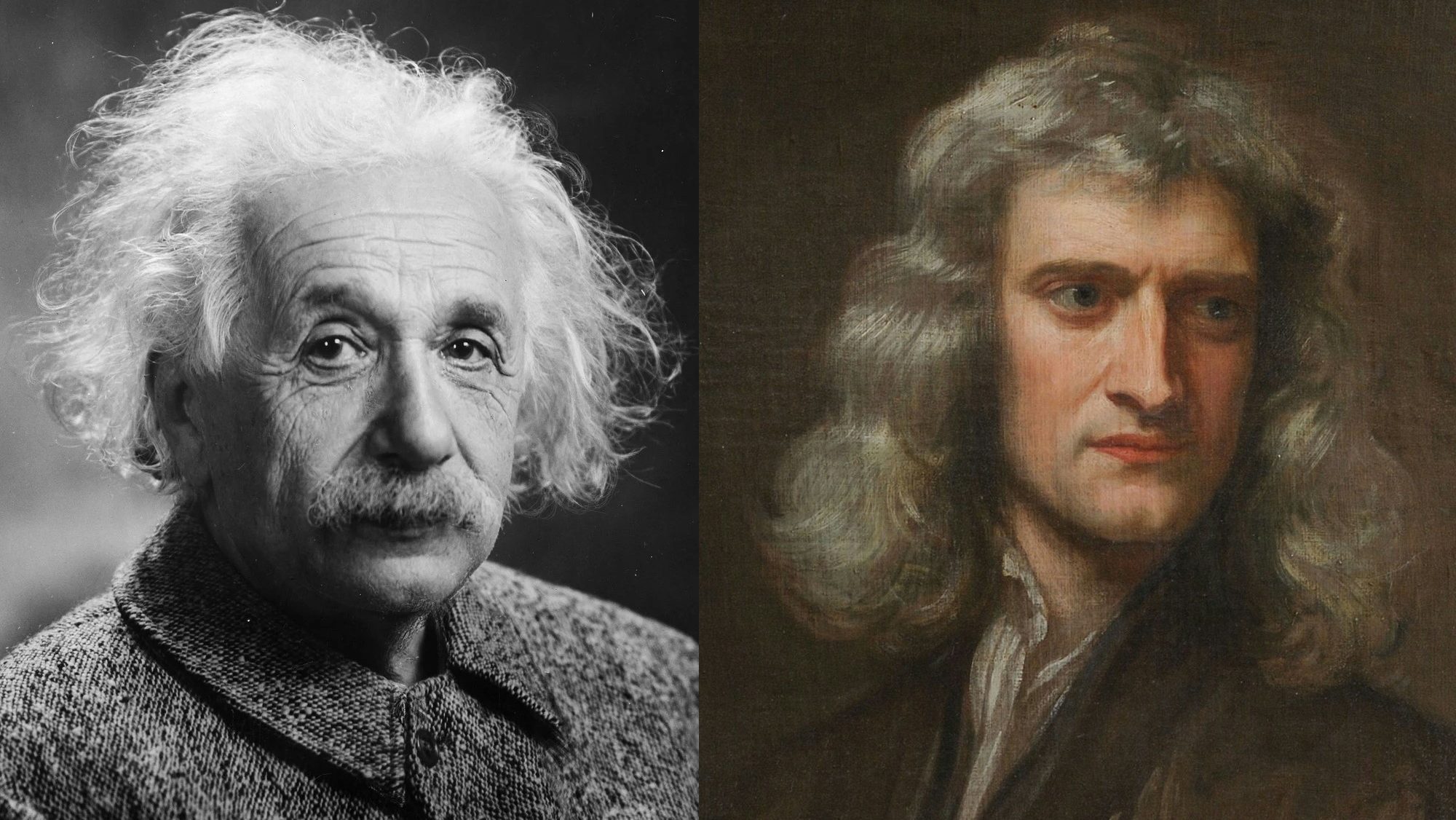A Fifth Dimension Could Make Star Trek Discovery’s Spore Drive Physically Possible
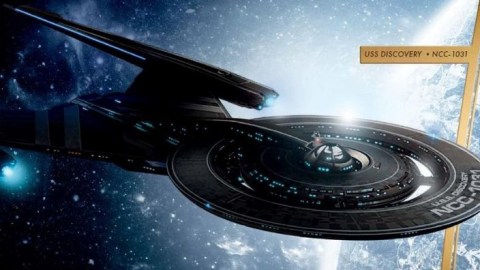
The ability to instantaneously jump from one location in space to another clearly violates the laws of physics. Or does it?
There are a few rules in the Universe that seem likely to never be broken. Particles cannot travel faster than the speed of light in a vacuum; the entropy of a closed system can never decrease; energy and momentum must be conserved. But if the rules that the Universe plays by are different than we understand them today, many things that appear to be forbidden today may be possible after all.
In Star Trek: Discovery, a new type of technology takes us even faster than warp drive: the spore drive. Instead of traveling slower-than-light (via impulse engines) or even faster-than-light through space (via warp drive), the spore drive enables an instantaneous “jump” from one location in space to another, disconnected place a great distance away. The idea has been dismissed as a massive science blunder, but the right circumstances could take it from the realm of science fiction to real-life science.
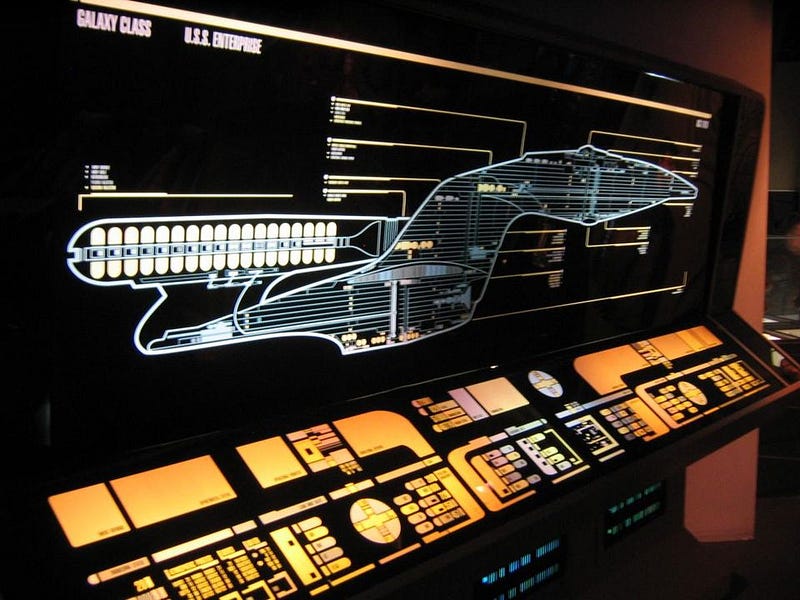
The three ways that the Star Trek franchise envisions space travel are as follows:
- Impulse engines, which is similar to conventional travel: a fuel is used to create energy, which creates thrust by a backward-facing exhaust, propelling the spacecraft forward.
- Warp drive, where space itself is compressed in front of a spacecraft (and expanded behind it), enabling it to travel through that compressed space in a fashion that’s effectively faster-than-light. In the mid-1990s, theoretical physicist Miguel Alcubierre created a spacetime where this is possible within General Relativity. If negative mass and/or negative energy exist, this could shift from a mathematical possibility to a physical one.
- Spore drive, where a network of mycelium spores spread across the Universe allow a spacecraft to instantaneously travel from one disconnected point to another, as though they miraculously teleported.
The way Star Trek: Discovery implements the spore drive may be a bit suspect, but the basic idea isn’t as crazy it sounds.

According to the show, there’s a network of fungal spores from a special type of mushroom known as a mycelium. These spores are spread all throughout the galaxy, and permeate not only space, but sub-space as well.
By interfacing with this spore network from a special room present on the ship, a Displacement Activated Spore Hub (DASH) drive enables the ship to travel from space, into subspace, and back into space at a completely disconnected location. It’s a clever idea, for sure, that envisions a mechanism for traveling to distant locations more quickly and precisely than even a warp drive could enable.
But, as Star Trek presented it, it’s fundamentally flawed.

Here are some reasons why.
- Star Trek: Discovery relies on the ability of a certain animal — a space tardigrade — to do horizontal gene transfer and incorporate foreign DNA into its own genome. But animals cannot do horizontal gene transfer; only bacteria can. The original paper that contended this was debunked here and here.
- Mycelium does form an enormous network here on Earth, but this is due to its connected root structure. The problem is that mycelium is an advanced form of life that required billions of years of evolution on Earth before existing; it could not have arisen in other solar systems, galaxies, or universes.
- Even if these spores were quantum mechanically entangled, they could not be used to teleport matter, or even to communicate faster-than-light.
Although it might be a fun sci-fi idea, the science behind it is untenable.
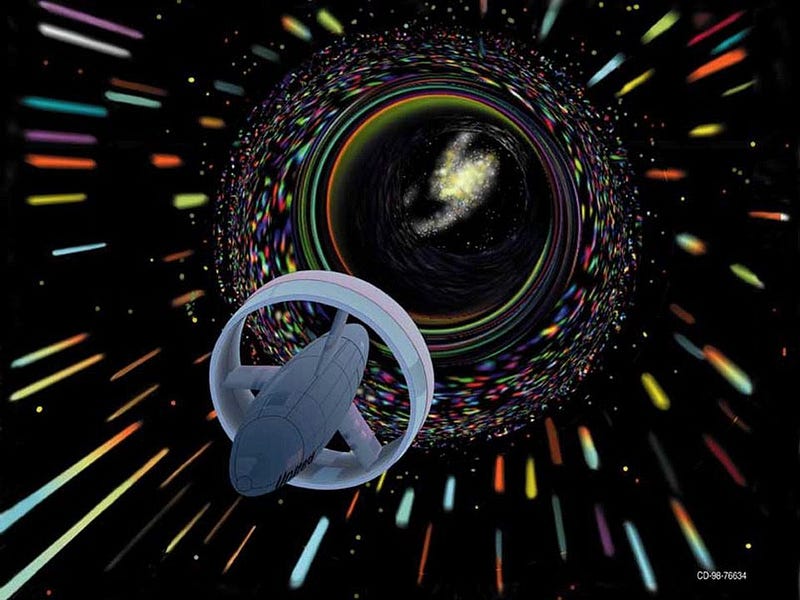
Unless, that is, you were willing to make one small alteration to the known laws of physics: add in a fourth spatial dimension, to bring us up five dimensions (including time) total. If the Universe had an additional dimension of space, and — most importantly — the capability of allowing objects existing in our three spatial dimensions to utilize the fourth dimension for travel, then everything that the spore drive imagines becomes possible.
To understand how, imagine a Universe with two spatial dimensions, like the surface of a piece of paper. Imagine the creatures that live on that sheet of paper, and — in true Flatland style — what an encounter with someone who could manipulate the third dimension would be like.
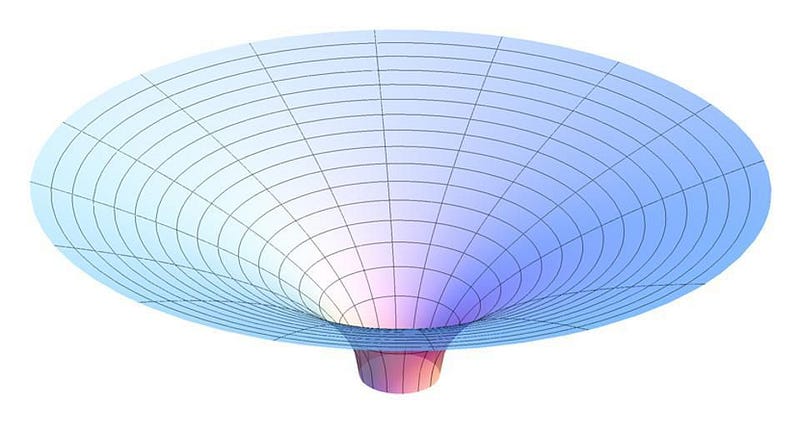
A two-dimensional creature has an outside that’s exposed to the world: the outline of its body. It also has an interior that isn’t: everything on the inside. Armed with your three-dimensional arms (and, if you prefer, a pencil and an eraser), you could easily do the following:
- rearrange its internal organs,
- reach in and remove or add anything into its interior,
- lift it off of the page and place it down anyplace else back on the page,
- or even fold the page so that two disconnected locations overlapped, and almost-instantly transfer that creature from one location to the other.
In short, we would appear like Gods to a creature living in one fewer dimension than our own.
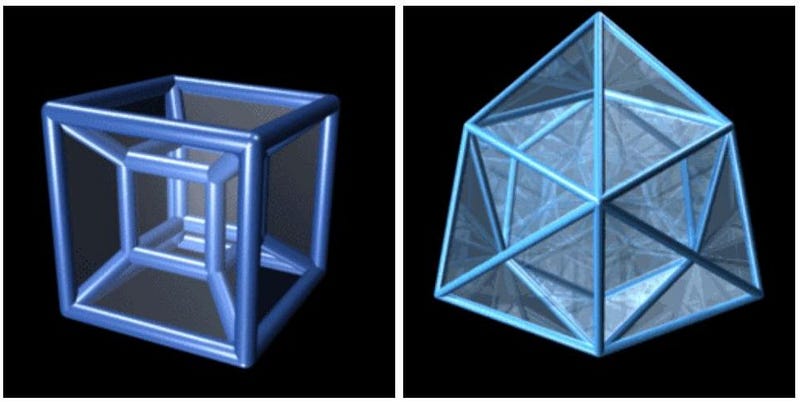
So now let’s come to our Universe as we know it: with three spatial dimensions. People have long been exploring the idea of extra dimensions, including how they could solve many of cosmology’s greatest problems, and even explain why we have three spatial dimensions and the Universe we do today.
What an extra dimension could do for us — if we were willing to add a fourth one — is very similar to what a third dimension would enable an outside party to do to a two-dimensional creature. In particular, someone who accessed the fourth dimension could:
- perform surgery on us without cutting us open,
- insert, remove, or rearrange something inside of us,
- remove us from our three-dimensional space and place us down anyplace else,
- and by folding our space as appropriate, connect two previously-disconnected locations, enabling what would appear as near-instantaneous teleportation without violating the laws of relativity.
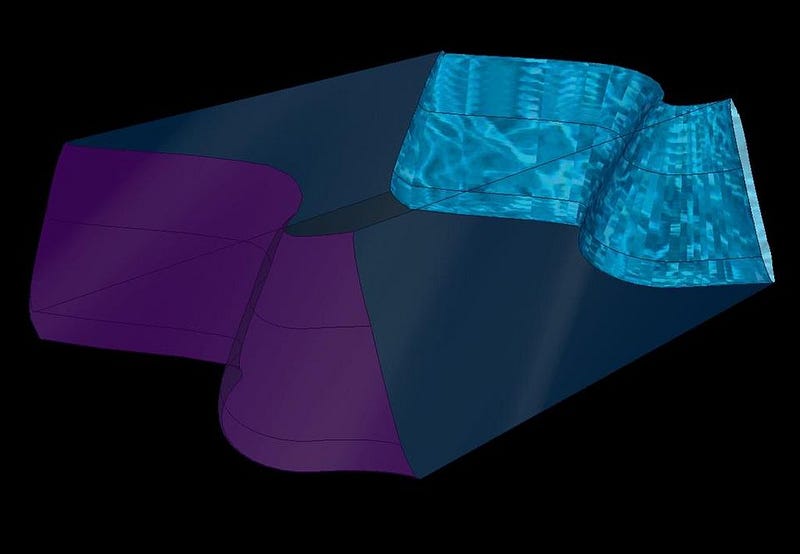
That last part sure does sound an awful lot like what Star Trek: Discovery’s spore drive is attempting to accomplish! A spaceship, through some connection with some entity that at least partially resides outside of our three spatial dimensions, is able to transport itself from one location to another faster than via any known means. The spore drive enables transportation to occur faster than normal engines; faster than light; even faster than warp drive would allow.
The way it can do this, realistically, is by leaving our three-dimensional Universe, entering an additional spatial dimension, and then re-entering our three-dimensional Universe. This leads to one fantastic and sweeping conclusion: subspace is actually an additional spatial dimension.
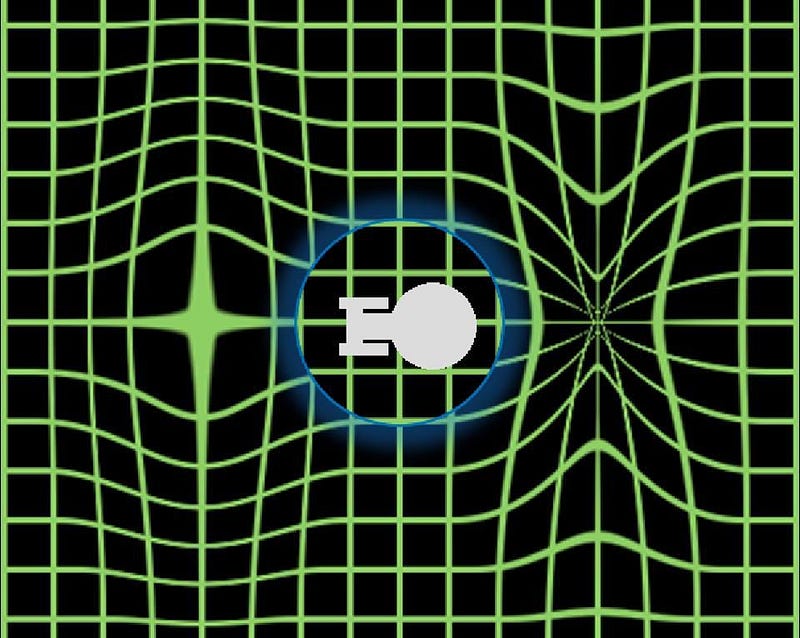
A whole slew of other problems and possibilities with Star Trek technology — which I myself wrote the book on — are immediately resolved with the identification of subspace as another dimension.
Subspace communication can occur faster-than-light because the signals don’t travel through space, but rather through an additional dimension that short-cuts through space.
Because there are additional dimensions, some particles that cannot exist in our Universe — tetryon particles — can exist in subspace.
And, most relevantly, it’s possible that some physical entities (or even some biological ones) can not only exist in our Universe, but maintain a component of themselves that exists, and even forms a network, in subspace. This would be entirely consistent with why Geordi La Forge referred to subspace as “…a huge honeycomb with an infinite number of cells.”
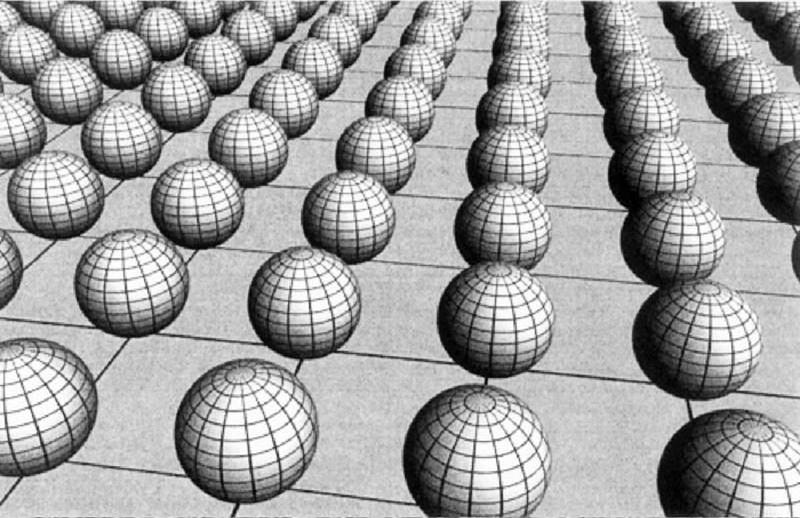
If we had an extra spatial dimension in our Universe, any creature that was able to control their motion through it would be able to overcome many of the conventional limits of our Universe today. Faster-than-light, near-instantaneous travel would become possible by taking a short-cut through this additional dimension. In addition to up-and-down, left-and-right, and forward-and-back, there would be an extra way to move through space, allowing you to exit your current location and re-enter anyplace else. It would be a legitimate way to teleport whatever you were capable of moving, even an entire starship, an arbitrarily large distance in an arbitrarily short amount of time.
It might have been a smarter choice to build this science-fiction plot device atop a physical set of particles rather than a biological organism. Whatever network exists in an additional dimension, it needs to have entry and exit points that are controllable in order to enable the kind of transport we see in Star Trek: Discovery. But if extra dimensions are real, and we can manipulate them appropriately, our greatest sci-fi dream of all — instantaneous teleportation — may be closer to becoming a reality than we’ve ever envisioned before.
Ethan Siegel is the author of Beyond the Galaxy and Treknology. You can pre-order his third book, currently in development: the Encyclopaedia Cosmologica.

